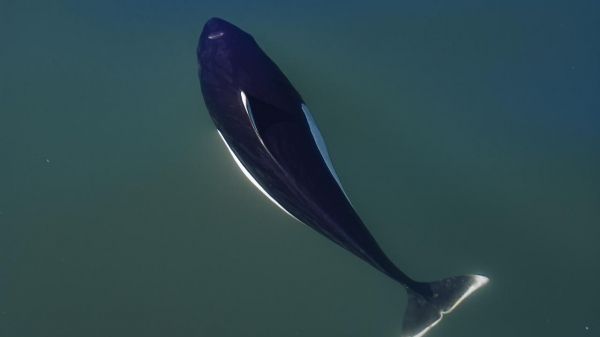n the early 2000s, a fungus infected hundreds of animals and people in British Columbia and Washington State. Scientists found that the disease also killed porpoises and dolphins in the Salish Sea – perhaps affecting cetaceans even earlier than people.
A study published today in the journal Diseases of Aquatic Organisms explores how human-caused changes on land can affect aquatic animals, specifically in the case of the fungal pathogen, Cryptococcus gattii. Led by the University of California, Davis, a team of scientists from Canada and the Pacific Northwest pieced together the history of the fungal outbreak in marine mammals. They assembled and analyzed data collected over decades by veterinarians, microbiologists, marine mammal biologists, and marine mammal stranding responders.
C. gattii can cause lung and brain disease. It lives in soil and in tree dwellings and is acquired by breathing in fungal spores. It is not considered contagious between individuals. Typically found in tropical and subtropical forests paralleling the distribution of eucalyptus trees, C. gattii was likely translocated to the Pacific Northwest in the early 1900’s, although the exact mechanisms are unknown.
Continue reading at University of California Davis
Image via University of California Davis


